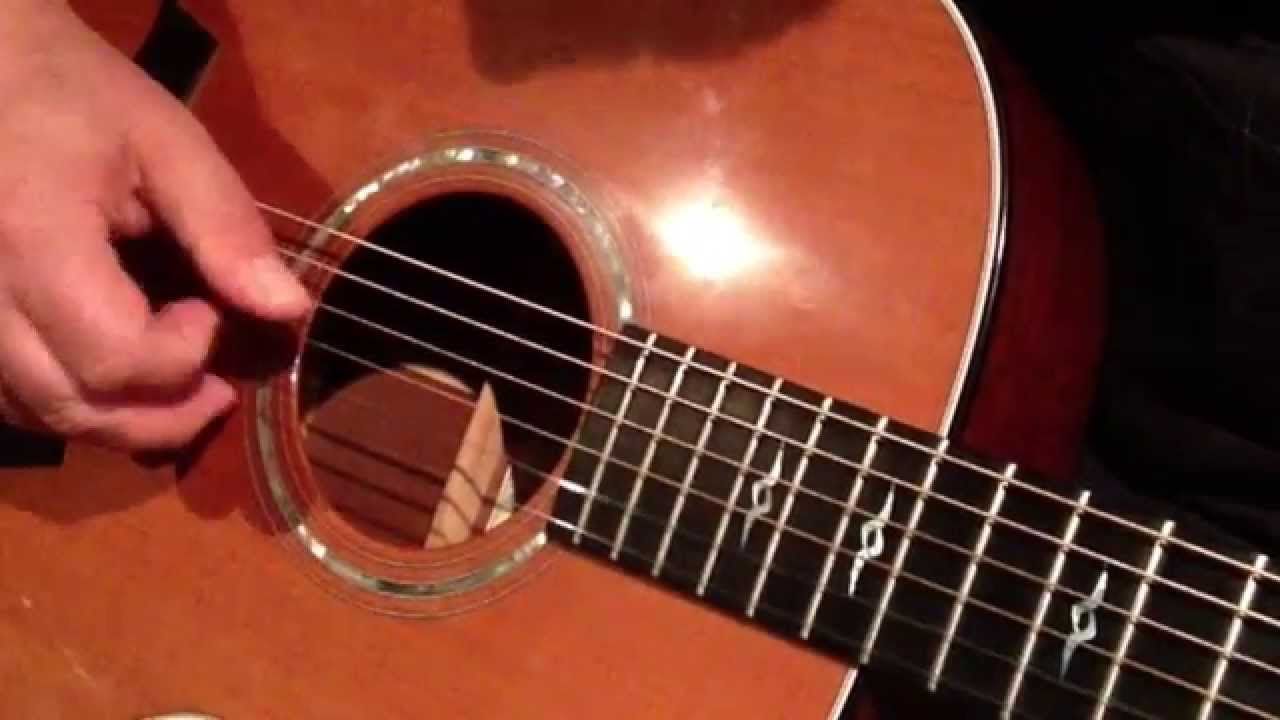Ask Charlie...
How Do I Get Better?

Hello Troubadourians! I missed you in September! Sometimes the real world demands a lot of time… It’s good to be back in Rocktober as KGB radio used to say; maybe they still do? Anyway, on to some hopefully interesting thoughts. “How do I get better?” is something I get asked a lot. Self-improvement, as a person or as a musician, is something we all should be actively pursuing. I don’t think I’d get much argument on that but it’s in choosing the things to work on and steps we take to improve those things that can be confusing and frustrating. We all get bored with our own playing—it’s like eating the same meal every day—so the first thing to do is to figure out those things that we really like, those things that we are okay with, and those things that we really want to change. Not everything we play is boring, even if we’re bored with it, and the first thing to do is to analyze the different aspects of our playing and organize them into areas that we can work with.
Start with the fingering hand. The ideas that we play usually express themselves in the fingerings we choose to use. Chords, scales, arpeggios, triads, etc., all are executed first in the fingering hand. Positioning is key. Make everything as comfortable as possible. Long stretches and complex fingering look cool and are sometimes necessary, but if a hand position is difficult to execute, you are much more likely not to get there without considerable repetition, which can sometimes be counterproductive. Tendonitis is real and can make playing very painful. I recommend simple fingering and position shifts over complex fingering and long stretches whenever possible. You might have to think through how to accomplish this, which is a good thing. If you know why you are playing something in a certain way—and can make it work every time without pain—you will sound better and feel better. The analysis required will also lead you to other ideas that you might otherwise not have explored, and you will begin to see how everything is interconnected and overlapping. This is where the magic starts to reveal itself. You will start to see how simple chords can stack into complex chords and how complex chords can be broken down into simple ones. A basic example: with some rearranging, we can think of the triad for a C chord as representing C, Am, Fmaj7, and D9 (I, VI, IV, II in simple numeric terms). This means that we can stack triads for any of those chords and play them over each of them. Your ear, or the song’s melody, will lead you to which notes to play and which to leave out. While accuracy in fingering is still required—as well as some imagination—the positions are simplified and the long stretches become unnecessary. Position shifts become simpler as you can “revoice” the stacking in three-fret intervals. Sure, some of this can sound exotic but that depends on what you choose to play. The inside stuff is there as well as the outside stuff, so let your ear and the song be your guide.
The picking hand is where we make all of the above really work. The accuracy of the picking hand and how well it is synchronized with the fingering hand makes everything sound smooth with every note speaking clearly. This is also where the rhythmic feel is created. When to play a note is as important as what note to play… or chord, or phrase, or lick, or riff, whatever you play happens because of how you work you picking hand. In fact, your style as a player is more closely linked to your picking hand than to your fingering hand. Your tone begins with your picking hand. Whether you use a pick, your fingers, or both, how you excite the strings changes the sound you make. If you use a pick, the stiffness and/or thickness of the pick influences the tone. The material of the pick also matters. I don’t have space in this column for a thorough analysis of pick material and thickness relative to tone, but in simple terms a thicker pick is generally darker sounding than a thinner pick. However, the material of the pick can alter that equation as harder materials generally give a brighter tone than softer materials. If you want to change your tone, start with your pick. The angle of attack in how you use the pick alters the tone produced. An extreme example of this is “pinch harmonics,” created by plucking the string with the edge of the pick followed immediately by the flesh of the thumb. Billy Gibbons is a master of this technique as was Eddie Van Halen. And whether you use the point of the pick or the rounded edge changes both the tone and the feel of your picking. Or discard the pick altogether. Every player’s fingers are different, so using just your fingers guarantees that your tone is exclusively yours. Of course, that means that strumming is going to be very different. While you can strum with your thumb, or use your fingers for down strokes, it’s not the same as using a pick. Still, you can try it and once you are used to just fingers, you may prefer it. There is also what is known as hybrid picking, where you hold the pick normally (between the thumb and index finger) but add the middle and ring fingers. This technique allows you to pluck multiple strings simultaneously, much like you would play a chord on a piano, instead of strumming. Or use the pick and fingers like you would as if you were using the just fingers technique. It’s sort of the best of both techniques but it takes some getting used to.
The ideas above are just some places to start and have the most immediate impact on your playing. Just changing one of those things can make a big difference in your playing. Start by taking an inventory of what you like and what you don’t like about your playing. Break down what you want to change into fingering hand and picking hand items. Decide on what you want to work on and select one simple item to begin with. When you are satisfied that you are making progress on that item, you can add another. Use the repertoire that you are familiar with so that you can measure you progress against what you are used to hearing. As you progress, try learning other songs that utilize the new techniques you are learning so that you can hear your playing in a different context and stimulate new ideas. New techniques + new ideas = better playing.
Need to know? Just ask… Charlie (ask.charlie@hotmail.com)






